Gates, Arley Sides
Killed in Action 1944-01-27
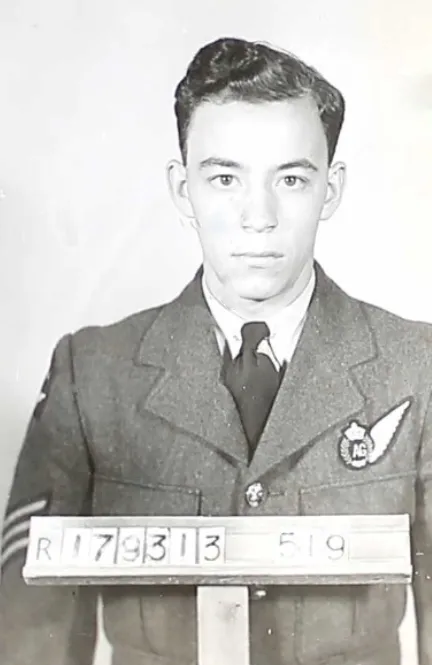

Birth Date: 1922-January-29
Born:
Son of Arley S. and Mina Delary Gates, of Montreal, Province of Quebec, Canada.
Home: Montreal, Quebec
Enlistment:
Enlistment Date: Unknown
Service
RCAF
Unit
432 (B) Sqn- Squadron
Saeviter Ad Lucem Ferociously toward the light
Base
Rank
Flying Officer
Position
Flying Officer
Service Numbers
J/25690
Lancaster Mk.II LL638
Bombing Berlin Germany 1944-January-27 to 1944-January-27
(B) Sqn (RCAF) East Moor
Battle of Berlin
515 Lancasters and 15 Mosquitoes. The German fighters were committed to action earlier than normal, some being sent out 75 miles over the North Sea from the Dutch coast.' But the elaborate feints and diversions had some effect. Half of the German fighters were lured north by the Heligoland mining diversion and action in the main bomber stream was less intense than on recent nights. 33 Lancasters lost, 6'4 per cent of the heavy force.
The target was cloud-covered again and sky-marking had to be used. Bomber Command was not able to make any assessment of the raid except to state that the bombing appeared to have been spread well up and down wind. Local reports confirm that the bombing was spread over a wide area, although many bombs fell in the southern half of the city, less in the north, but 61 small towns and villages outside the city limits were also hit with 28 people being killed in those places. Details of houses destroyed in Berlin are not available but it is known that nearly 20,000 people were bombed out. 50 industrial premises were hit and several important war industries suffered serious damage. 567 people were killed, including 132 foreign workers,
source: The Bomber Command War Diaries, Martin Middlebrook and Chris Everitt
Lancaster aircraft LL 638 was shot down near Doberitz, Germany during a night raid against Berlin, Germany. F/Os A.S. Gates, A.D. Bell, D.J. Paterson, P/Os R.P. Wilson, F.W. Heinen, Flight Sergeant C.A.Allison and Sergeant W.R. Greenaway (RAF) were killed.
Lancaster LL638
Avro Lancaster

Canadian Warplane Heritage Museum
The Avro Lancaster is a British Second World War heavy bomber. It was designed and manufactured by Avro as a contemporary of the Handley Page Halifax, both bombers having been developed to the same specification, as well as the Short Stirling, all three aircraft being four-engined heavy bombers adopted by the Royal Air Force (RAF) during the same wartime era.
The Lancaster has its origins in the twin-engine Avro Manchester which had been developed during the late 1930s in response to the Air Ministry Specification P.13/36 for a capable medium bomber for "world-wide use". Originally developed as an evolution of the Manchester (which had proved troublesome in service and was retired in 1942), the Lancaster was designed by Roy Chadwick and powered by four Rolls-Royce Merlins and in one version, Bristol Hercules engines. It first saw service with RAF Bomber Command in 1942 and as the strategic bombing offensive over Europe gathered momentum, it was the main aircraft for the night-time bombing campaigns that followed. As increasing numbers of the type were produced, it became the principal heavy bomber used by the RAF, the Royal Canadian Air Force (RCAF) and squadrons from other Commonwealth and European countries serving within the RAF, overshadowing the Halifax and Stirling. Wikipedia
432 (B) Sqn Saeviter Ad Lucem ("Leaside")
History of the Squadron during World War II (Aircraft: Wellington X, Lancaster II, Halifax III, VII)
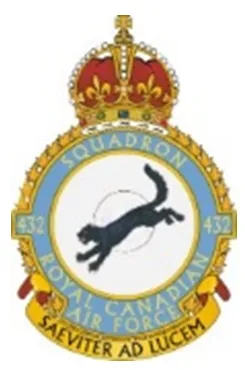
The Squadron was the twelfth RCAF bomber squadron to be formed overseas in WWII. It was formed on May 1, 1943 at Skipton-on-Swale, Yorkshire, UK as a unit of No 6 (RCAF) Group of RAF Bomber Command: indeed, it was the first bomber squadron to be formed directly into No 6 Group. Using the squadron identification letters QO it flew Vickers Wellington Mk X medium bombers until it moved to East Moor, Yorkshire on 19th September 1943, when it re-equipped with Avro Lancaster Mk II aircraft. East Moor was part of No 62 (RCAF) Base. The squadron re-equipped with Handley Page Halifax Mk III aircraft in February 1944, and with Halifax Mk VII in July of that year, and continued with them until the squadron was disbanded at East Moor on May 15, 1945.
In the course of operations the squadron flew 246 missions, involving 3130 individual sorties, for the loss of 73 aircraft. 8980 tons of bombs were dropped. Awards to squadron members included 2 DSOs, 119 DFCs,1 Bar to DFC, 1 CGM, 20 DFMs and 1 Croix de Guerre (France). Battle Honours were: English Channel and North Sea 1943, Fortress Europe 1943-44, France and Germany 1944-45, Biscay Ports 1944, Ruhr 1943-45, Berlin 1943-44, German Ports 1943-45, Normandy 1944, Rhine, Biscay 1943.Moyes, Kostenuk and Griffin
Squadron History (Bomber Command Museum PDF)
Maps for Movements of 432 Squadron 1943-45
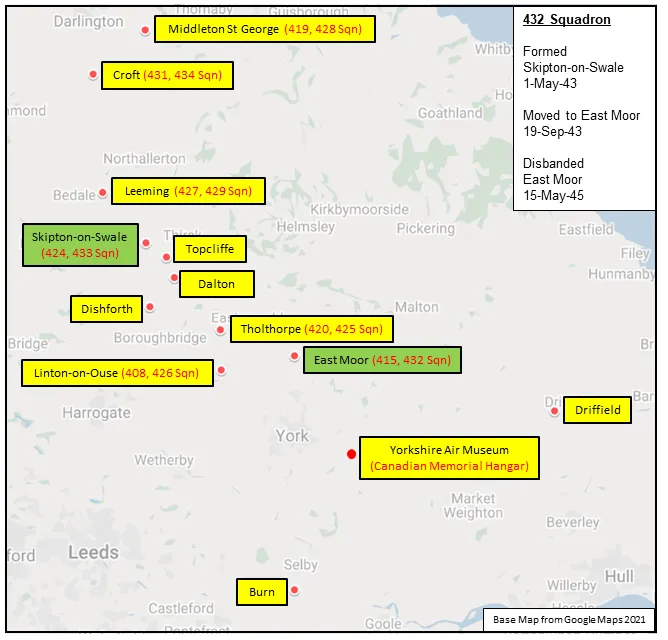
432 Squadron History Summary 1943-45
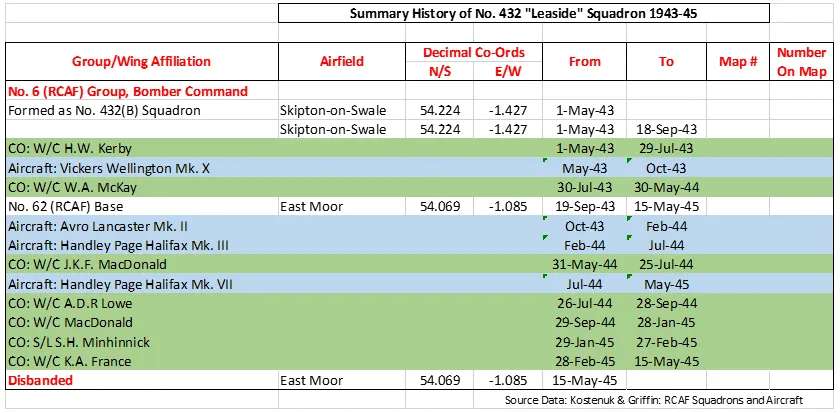
History of the Squadron Post-WWII (Aircraft: Canuck)
The squadron was re-formed at Bagotville, Quebec as an All-Weather Fighter unit on 1 October 1954. The squadron flew Avro CF-100 Canuck aircraft on North American Air Defence until it was disbanded on 15 October 1961.
 Montreal, Quebec
Montreal, Quebec Canadian Virtual War Memorial
Canadian Virtual War Memorial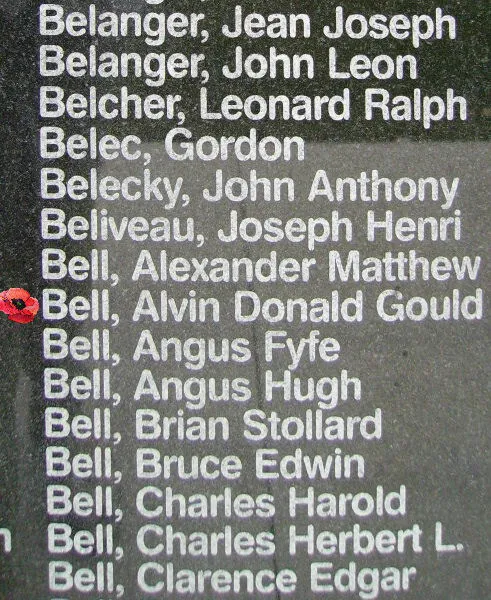
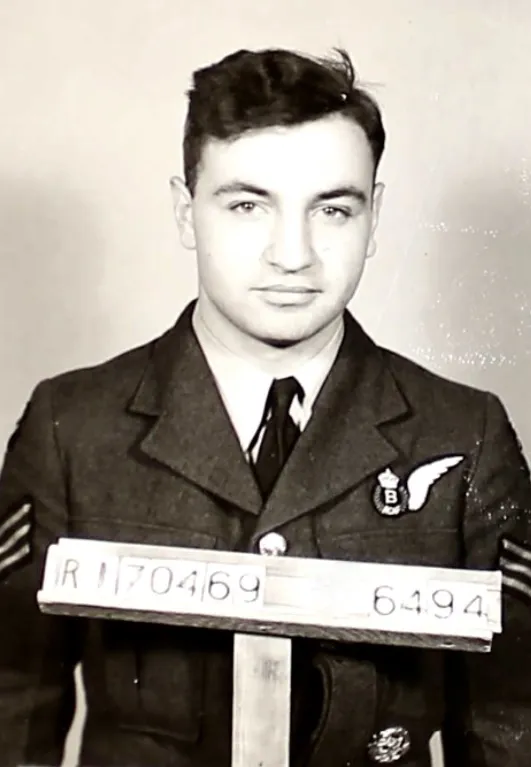
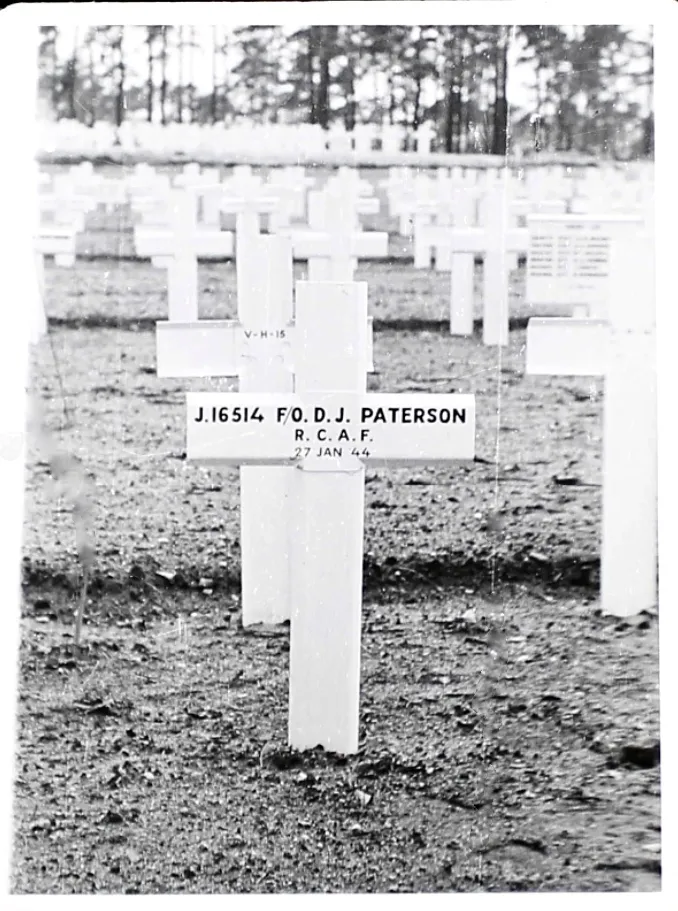
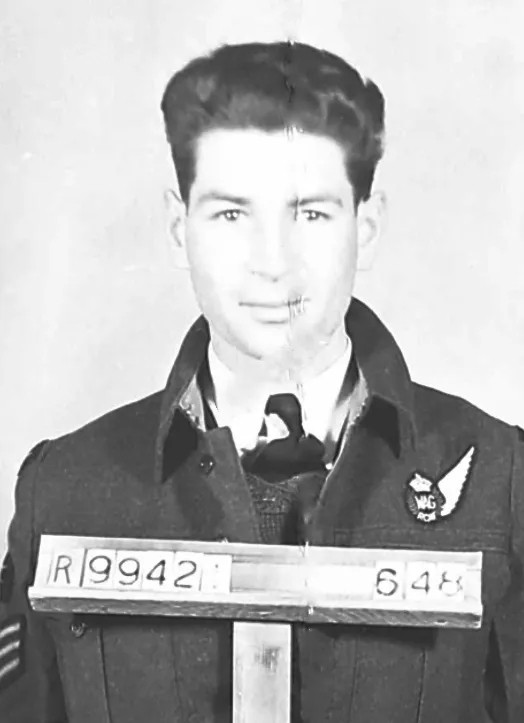
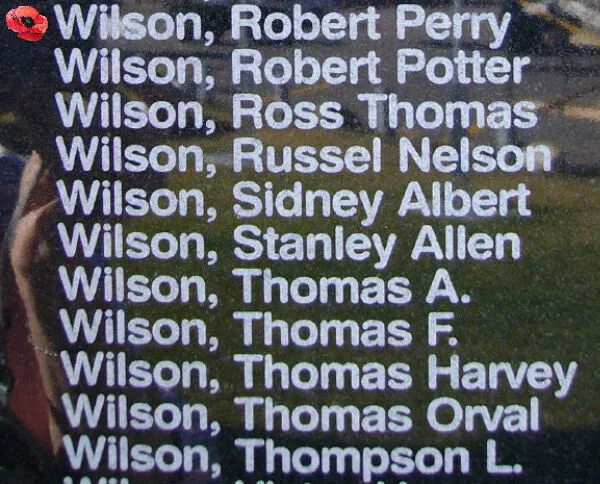
 Lancaster Bomber
Lancaster Bomber Wikipedia
Wikipedia Harold A Skaarup Web Page
Harold A Skaarup Web Page